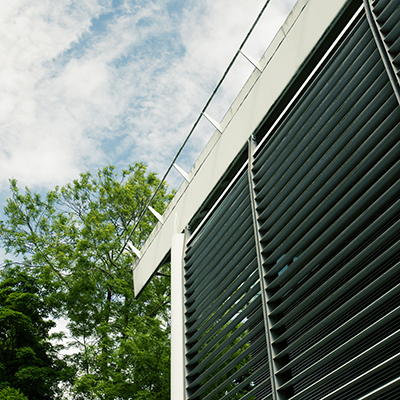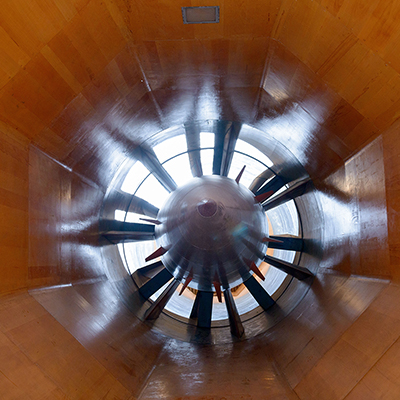Microscopy services and facilities
The Microscopy Services Centre at Cranfield University combines a state of the art suite of equipment with a team of experienced technical specialists to support a wide range of research activities and teaching activities at Cranfield. Our fully equipped laboratory and cutting edge instrumentation is also available and utilised to deliver a bespoke materials characterisation consultancy service for industrial clients.
Get in touch
Contact us to find out more about our fully equipped laboratory and consultancy service
Contact us



